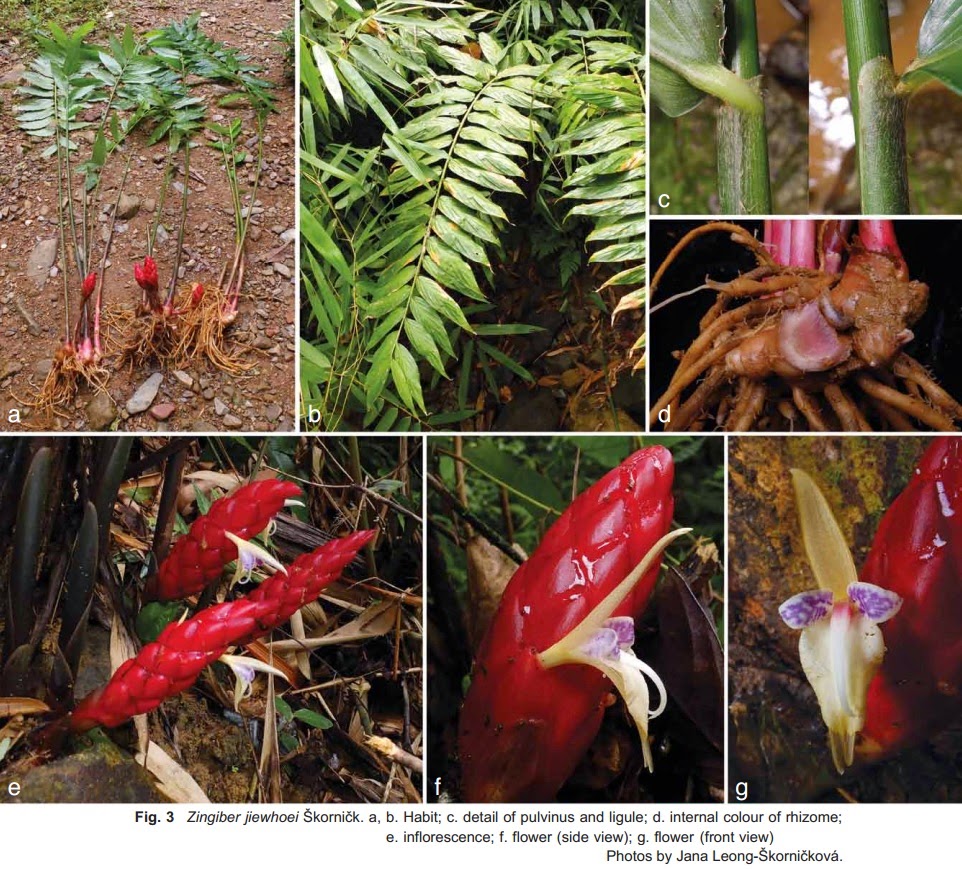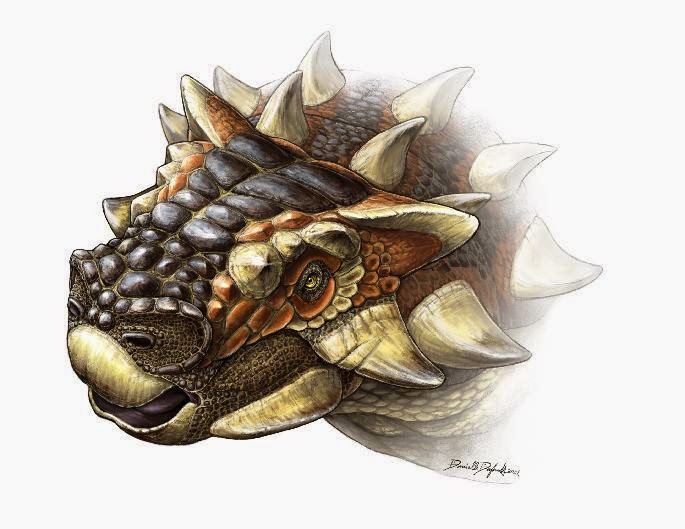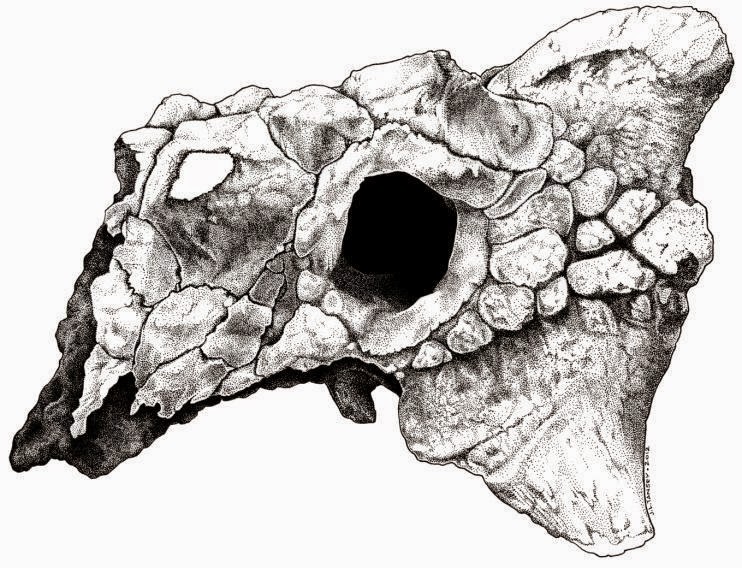Abstract
Vampyressa melissa is a poorly known phyllostomid bat listed as vulnerable by the International Union for Conservation of Nature (IUCN). Since its description in 1926, fewer than 40 V. melissa have been reported in the literature, and less than half of these may have been correctly identified. During revisionary studies of Vampyressa, we uncovered two previously unrecognized species related to V. melissa, all associated with higher elevation habitats (>1400 m), one from the Andes of Colombia (Vampyressa sinchi, new species) and the other from western Panama (Vampyressa elisabethae, new species) revealing that V. melissa, as traditionally defined, is a composite of at least three species. In this paper, we provide a restricted diagnosis for the genus Vampyressa, an emended diagnosis of V. melissa, and descriptions of the two new species. The separation of these frugivorous bats, previously identified as V. melissa, into three isolated upper-elevation species, each having restricted distributions further highlights their fragile conservation status.
Vampyressa sinchi, new species
Quechuan Yellow-eared Bat
Distribution: Know only from the type series from the eastern slope of the Central Cordillera (Llorente) and eastern slopes of the Eastern Cordillera (San Juan de Villalobos and Parque Nacional Cueva de los Guácharos) of the Andes in Colombia (fig. 3).
Etymology: A Quechuan word, sinchi conveys the meaning “robust and strong.” The name honors the Quechuan people of Colombia (the Ingas), and indicates the robustness of this species, the largest Vampyressa known. The name is to be treated as a noun in apposition.
Vampyressa elisabethae, new species
Elisabeth’s Yellow-eared Bat
Distribution: Know only from provincia de Bocas del Toro, Panama (fig. 3).
Etymology: The name elisabethae honors the legacy of the late Elisabeth Klara Victoria Kalko in the study of the natural history, ecology, conservation, vocal recognition, and behavior of bats.
Tavares, V.C., A.L. Gardner, H.E. Ramírez-Chaves, and P.M. Velazco. 2014. Systematics of Vampyressa melissa Thomas, 1926 (Chiroptera: Phyllostomidae), with Description of Two New Species of Vampyressa. American Museum Novitates. 3813: 1-27.
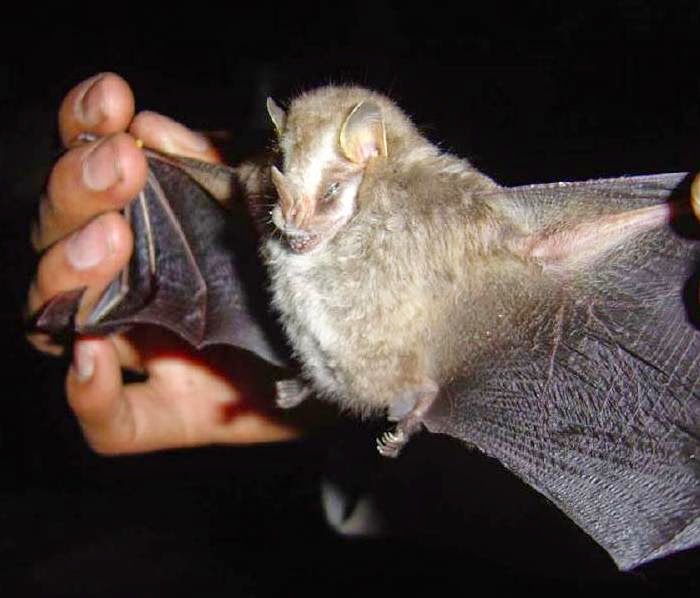






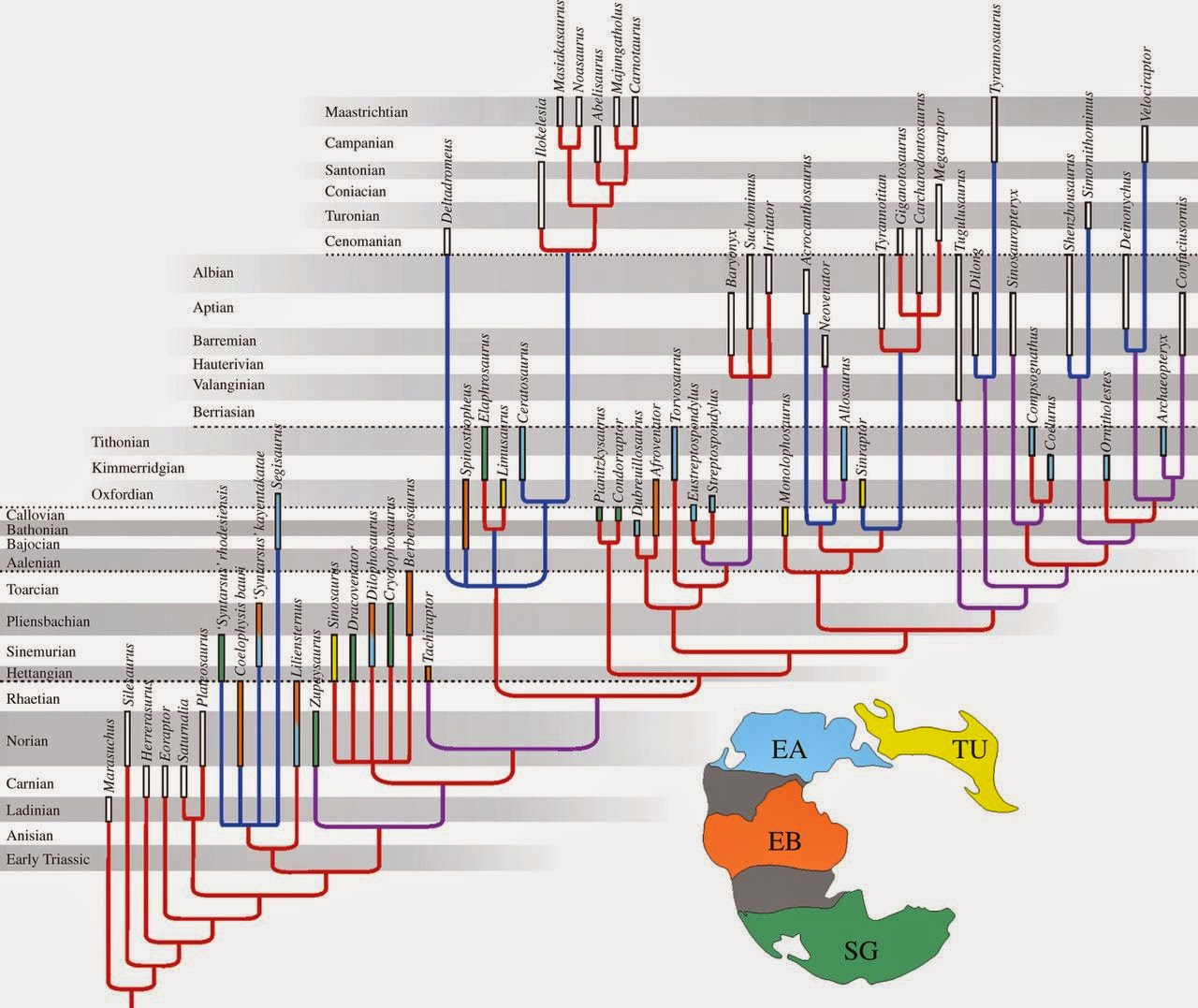















_cover.jpg)
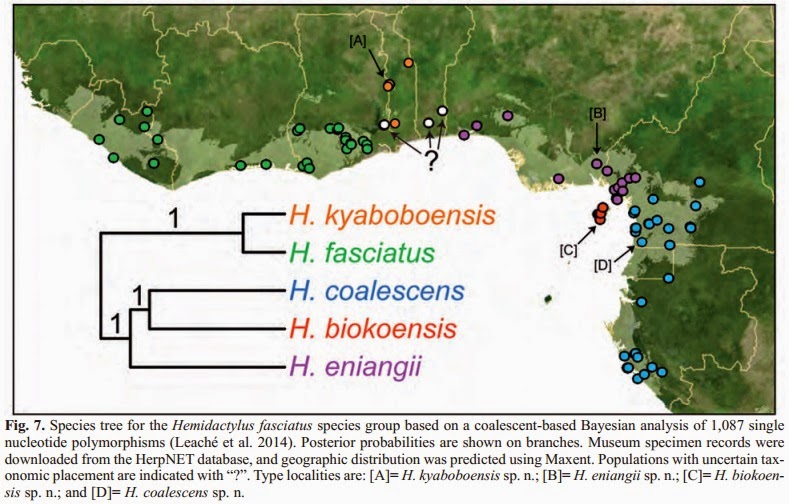
_cover.jpg)
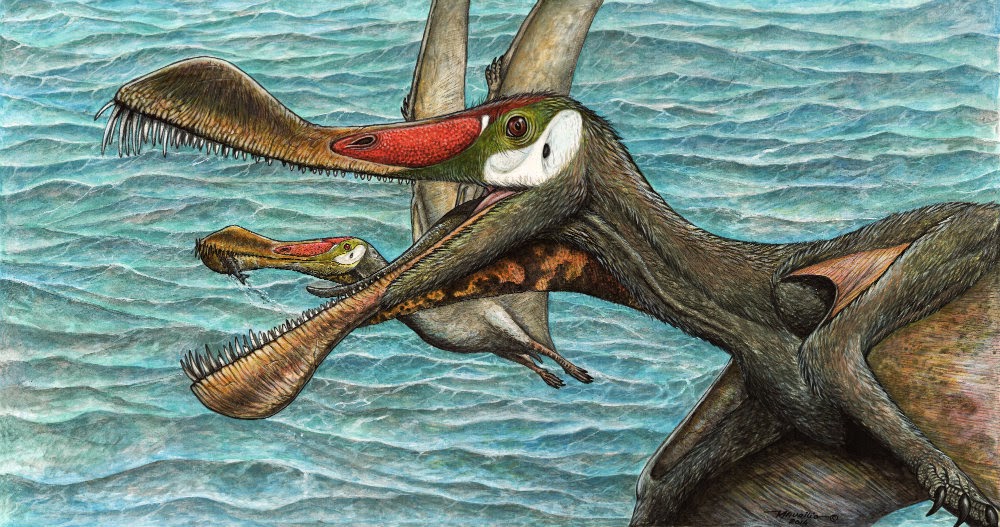




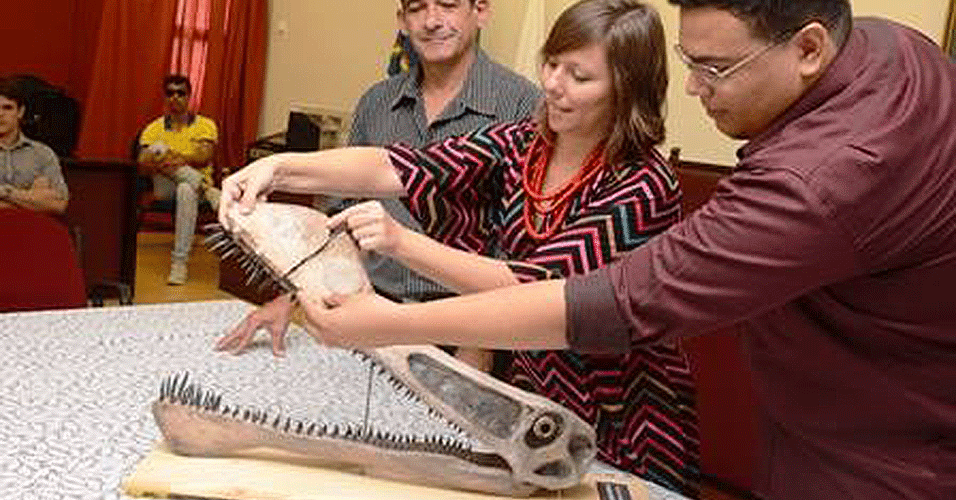


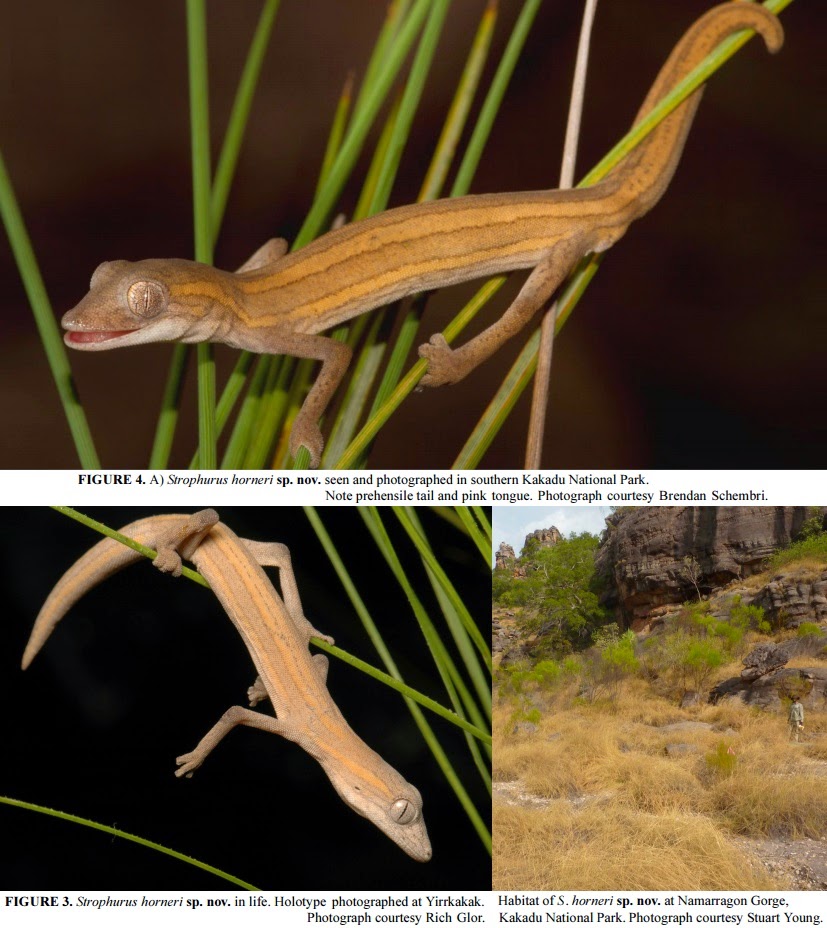







_from_Thailand-new_combination_and_new_records.png)



